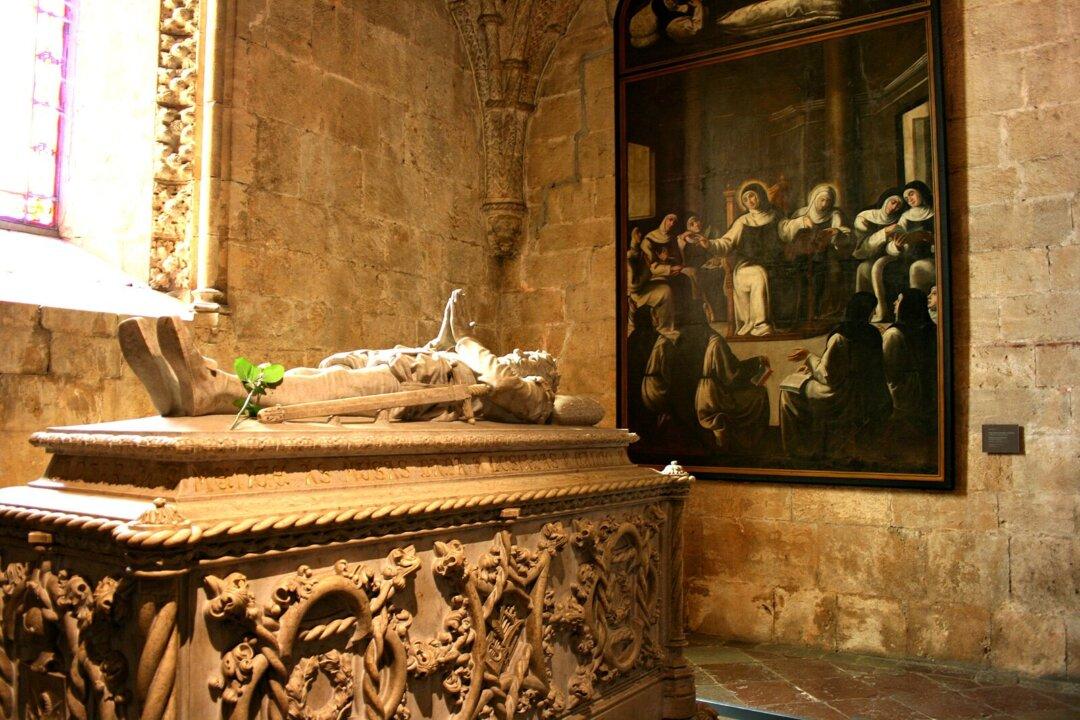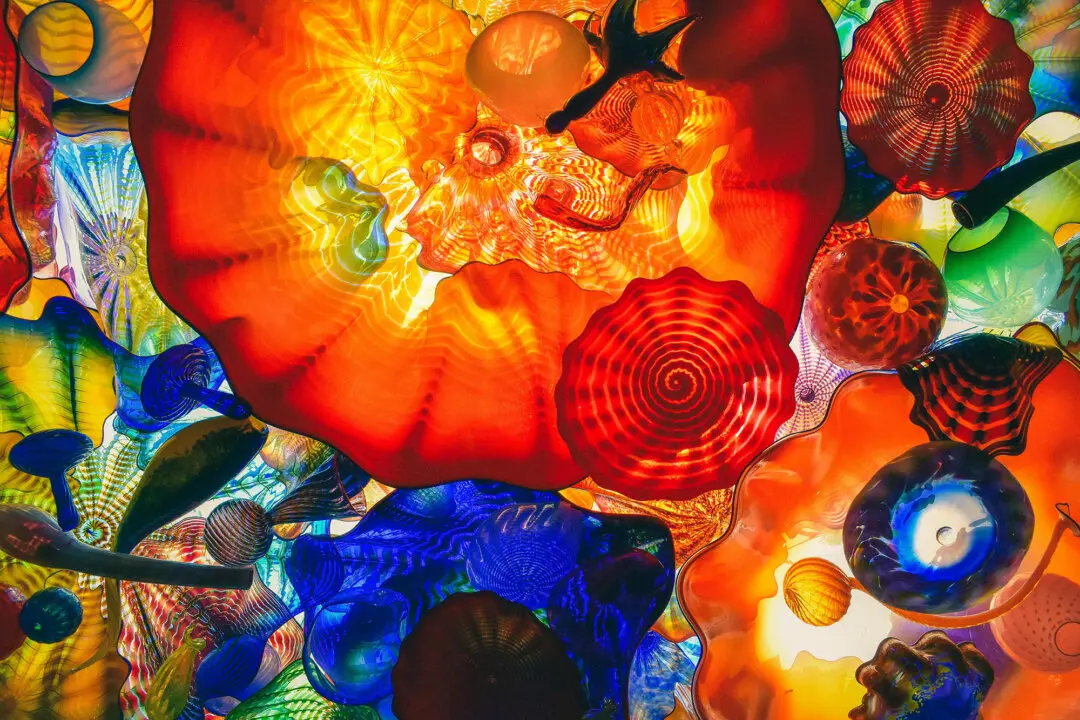About 500 years ago, Portugal produced its greatest poetic light, a man who lived a life of passion, adventure, travel, and artistic achievement: Luís de Camões. The historical record offers scant information on this great poet’s life, but we do know some facts for certain.
Camões was born in Lisbon around 1525 and likely born into a wealthy class. But we know little of his education except that he possessed an extensive familiarity with the philosophy and culture of his own era and that of the ancients. He must have been a lively character with a wild youth because he was arrested for participating in a brawl. He traveled extensively, spending time in Morocco, India, and Mozambique, and he participated in military expeditions.






